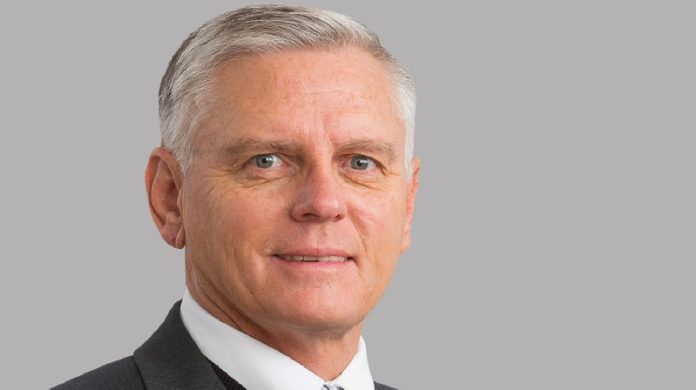
THERE was a ripple of disquiet among analysts last week when Patrice Motsepe, executive chairman of African Rainbow Minerals (ARM), defended his company’s dividend final payout of R7/share (total dividend of R12/share for the 2020 financial year) in favour of keeping capital aside for growth; projects mainly.
RMB Morgan Stanley deemed the payout “modest”, especially as ARM has R3bn in cash. But Motsepe said ARM was looking afresh at new copper investments, and other project investment talks were buzzing along.
Motsepe also alluded to the potential in Harmony Gold, the firm’s 13.8% investment, saying that the company had an important copper/gold prospect in the politically fraught and far-flung Pacific nation of Papua New Guinea (PNG).
The fact is, though, ARM doesn’t have the best track record when it comes to projects. It recently closed its Lubembe copper investment in Zambia and for all its huff and puff, there’s very little in the way of demonstrable growth outside of its platinum.
Mike Schmidt, CEO of ARM, said there was significant Merensky and UG2 expansion – types of platinum group metal (PGM) mineralisation, the latter rich in high-flying rhodium – that the group was considering undertaking.
But elsewhere in the portfolio, the company is exposed to thermal coal and manganese alloys and ore, the latter an up-and-down kind of commodity.
Better to pay out the cash more amply, analysts said. Better to unbundle the Harmony stake whilst gold is high-flying, one analyst suggested. No sirree, said Motsepe: ARM forerunner ARMGold and Harmony Gold tied the knot in 2003 and the ties run deep: they share a common branding, for instance, of the ARM letters represented symbolically in the Harmony Gold logo, he said.
So what is ARM keeping money aside for? The copper investment might be as an equity partner in Orion Minerals’ R4.5bn Prieska Copper-Zinc project in South Africa’s Northern Cape province. And then there’s the PGMs: “We do have the orebodies,” said Schmidt of the firm’s Two Rivers and Modikwa mines that could be further developed “… at low capital and that would be cost efficient”.
True, but the big fear is the unknown in respect of Harmony Gold. It’s Wafi-Golpu project, held in joint venture with Australian firm, Newcrest Mining, is a giant of a venture. Potentially producing 320,000 ounces a year of gold and some 150,000 tons of copper annually at peak, the project requires an estimated attributable $1.41bn (R23.5bn) in capital to develop – based on a 2018 feasibility study and so in need of an update.
Were ARM to follow its rights in that project it would absorb all of its present cash so it’s a risky venture for a diversified group.











